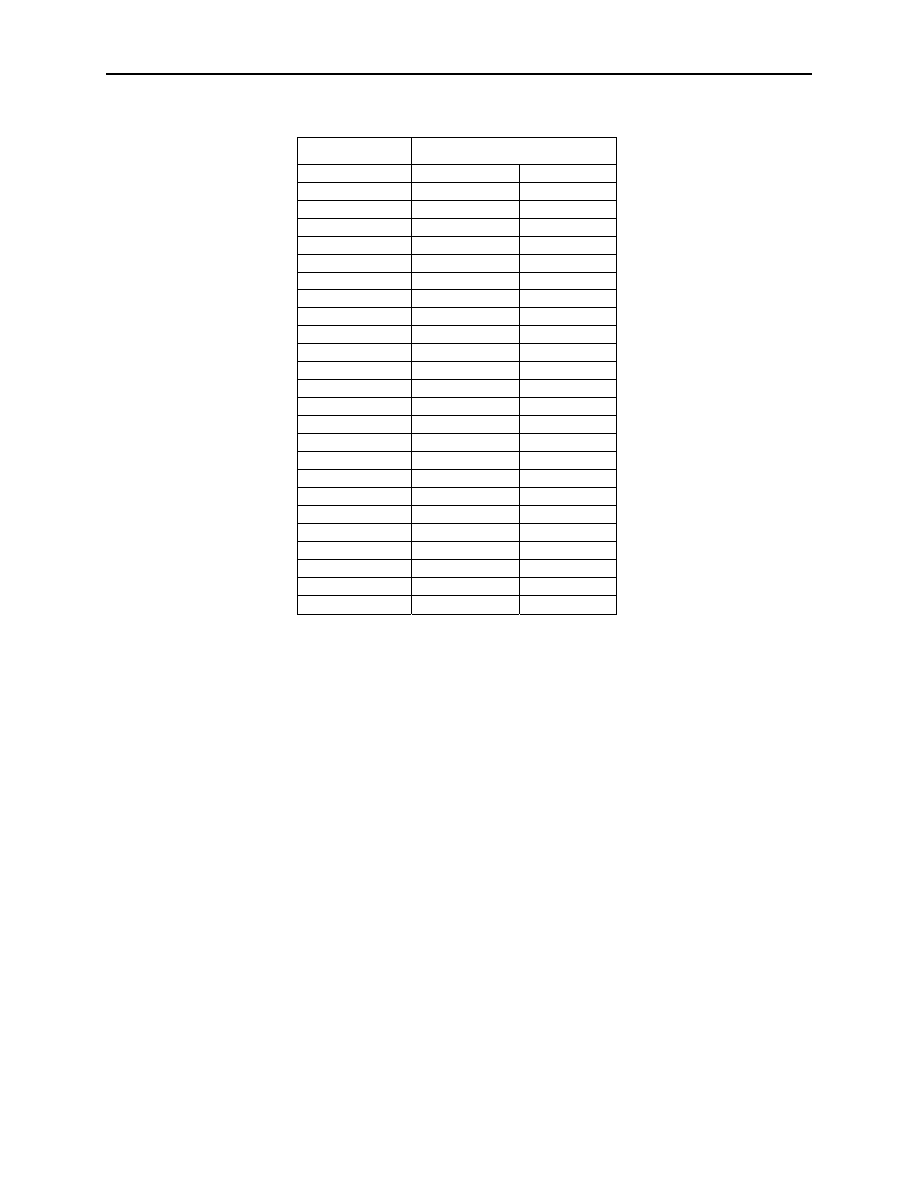TM 10-8400-203-23&P. Manual - part 13

TM
10-8400-203-23&P
0011
SKI REPAIR – CONTINUED
Table 1. Ski Mid Point Chart.
SKI LENGTH
HALF LENGTH
cm
cm
in
120
60.0
23 5/8
130
65.0
25 5/8
140
70.0
27 5/8
150
75.0
29 1/2
160
80.0
31 1/2
165
82.5
32 1/2
170
85.0
33 1/2
175
87.5
34 1/2
178
89.0
35
180
90.0
35 3/8
183
91.5
36
185
92.5
36 3/8
188
94.0
37
190
95.0
37 3/8
193
96.5
38
195
97.5
38 3/8
198
99.0
39
200
100.0
39 3/8
203
101.5
40
205
102.5
40 3/8
208
104.0
41
210
105.0
41 3/8
213
106.5
42
215
107.5
42 3/8
4. In mounting the toe piece, ensure that it is centered with the long axis of the ski.
NOTE
Swivel point of toe piece at midpoint.
8 in. from swivel point of toe piece to center of rear of front throw (large), 7 in. from swivel
point of toe piece to center of rear screw of front throw (small) 8 1/4 from swivel point of
toe piece to front screw of downhill cable guide Forward edge of heel plate even w/center
of downhill cable guide if heel plate is Iarge (2½” x 2¼”); 1” further rearward if small heel
plate (1¼” x 2¼”)
To determine a large front throw from a small front throw, measure from the front
mounting holes (those nearest the tip of the ski) to the back end of the lever in the closed
position. This distance is approximately 5 ½ inches for the large throw and 4 ½ inches for
the small throw.
5. Use the toe piece, front throw, and cable guides (side hitches) as templates in marking holes to be
drilled. Locate the binding parts as shown in Figure 2.